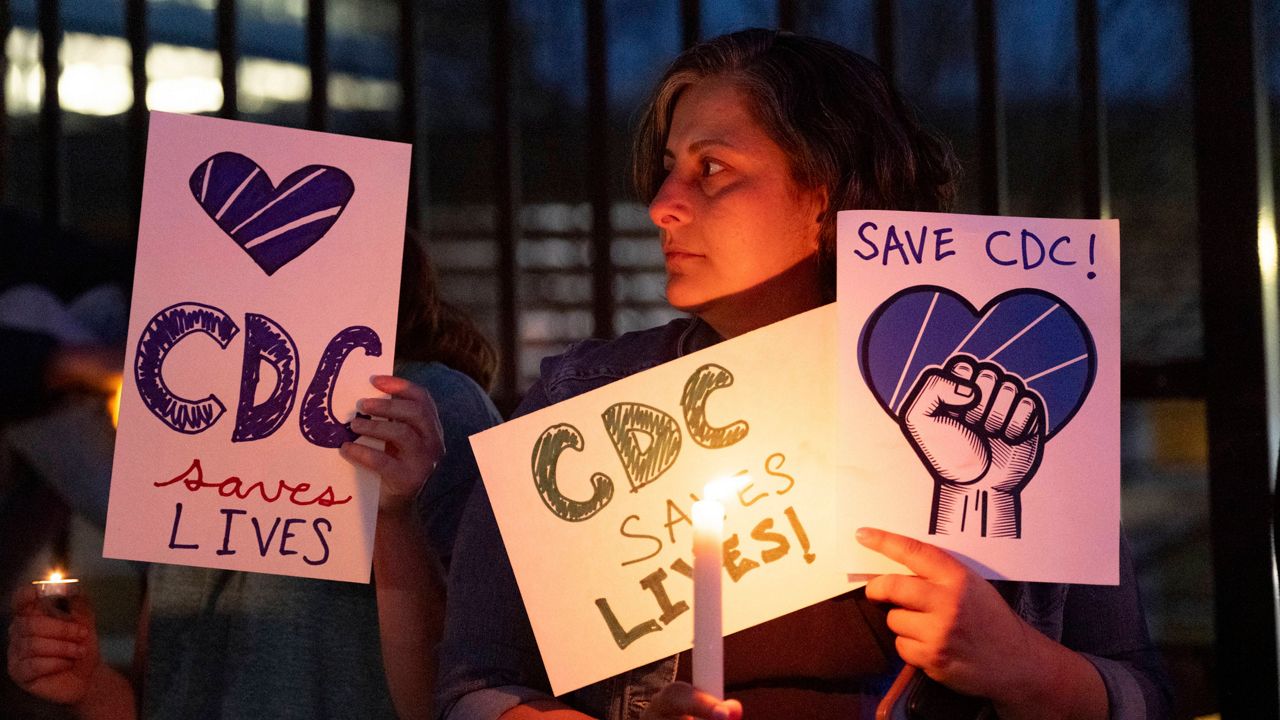WASHINGTON — Cigarettes could contain levels of nicotine so low they are nonaddictive under a new rule the U.S. Food and Drug Administration proposed Wednesday.
If approved, the proposal would make the United States the first country in the world to reduce nicotine so dramatically in combustible tobacco products.
“Multiple administrations have acknowledged the immense opportunity that a proposal of this kind offers to address the burden of tobacco-related disease,” FDA Commissioner Robert M. Califf said in a statement about the nicotine product standard. “Today’s proposal envisions a future where it would be less likely for young people to use cigarettes and more individuals who currently smoke could quit or switch to less harmful products.”
The nicotine product standard has been in the works since 2018. The FDA said the proposed nicotine levels would be low enough that they don’t create or sustain addiction. It cited research that found lower nicotine levels do not cause smokers to smoke more.
"This proposed regulation is misguided as cigarette smoking rates are already declining and at historic lows," National Association of Tobacco Outlets Executive Director David Spross told Spectrum News. "Instead, it will have a significant negative economic impact to regulated and licensed retailers which will include significant lost revenue, coupled with job losses across the country. This proposal will also increase criminal activity by creating a huge illicit market of traditional cigarettes."
It's the nicotine in tobacco products that makes them so addictive, the FDA said. The chemical is added to cigarettes, cigars and pipe tobacco to make the experience of smoking them more pleasurable because it causes the brain to release dopamine. It can also alter the user’s appetite, alertness and mood.
The FDA says the use of nicotine means smokers are repeatedly exposed to chemicals that cause death and disease. According to the U.S. Centers for Disease Control and Prevention, smoking and secondhand smoke exposure cause nearly 500,000 deaths every year. It is the leading cause of preventable disease and death in the U.S.









